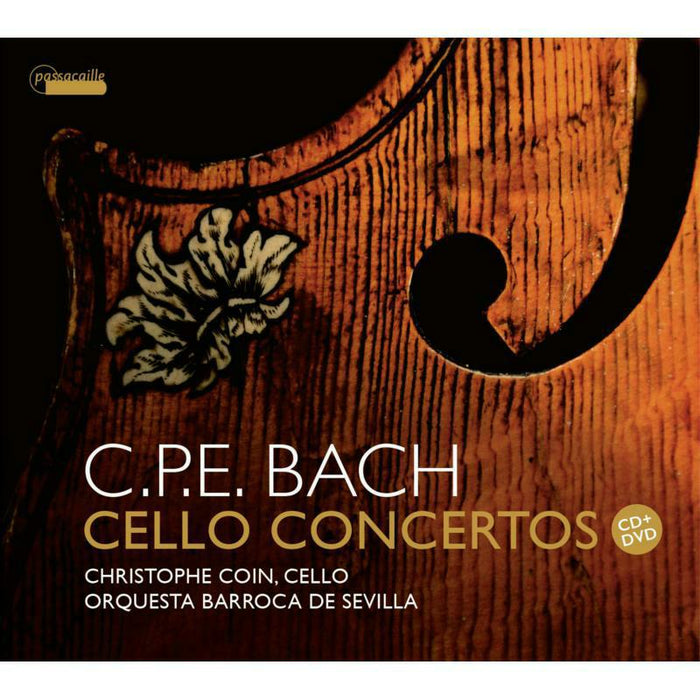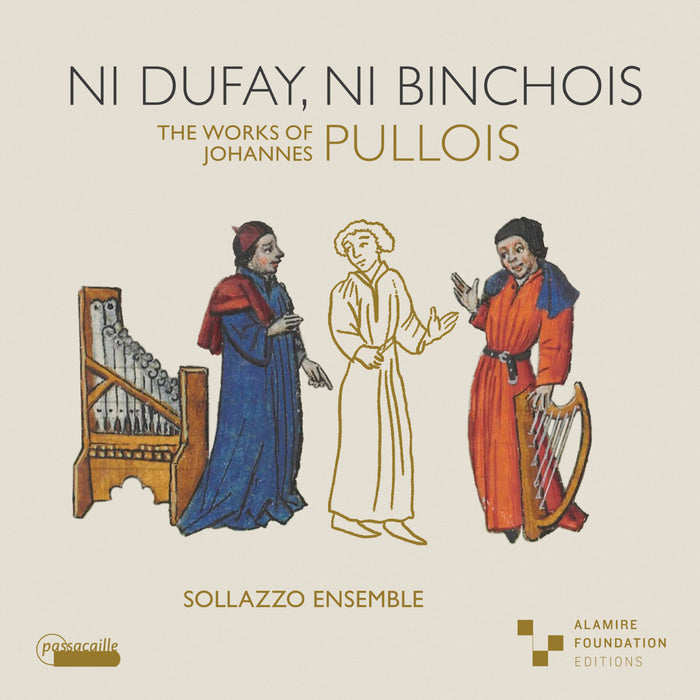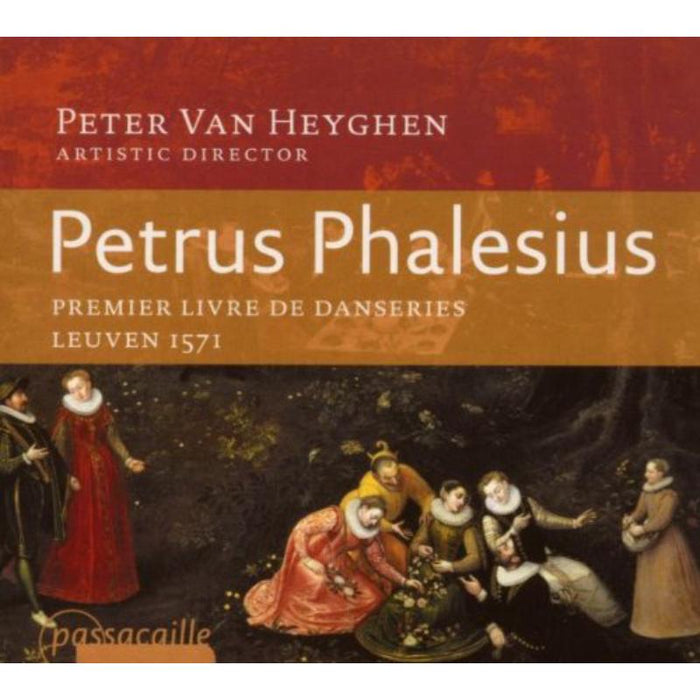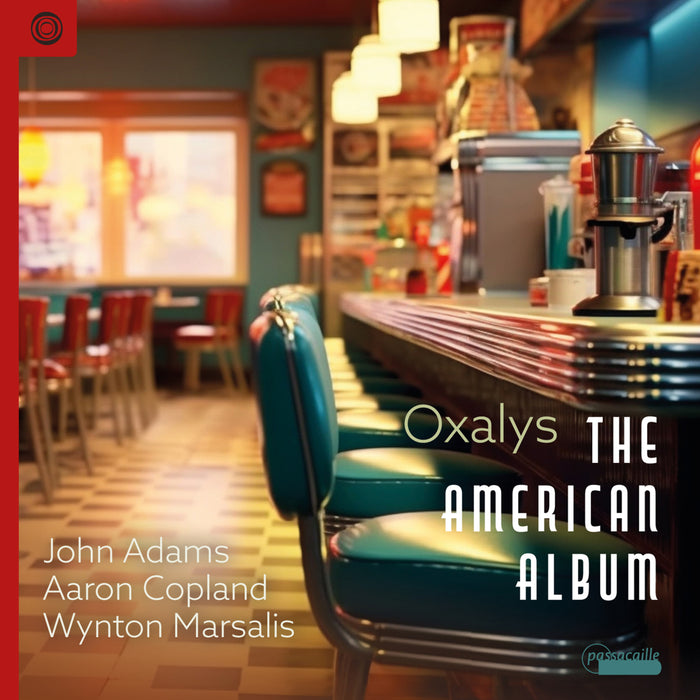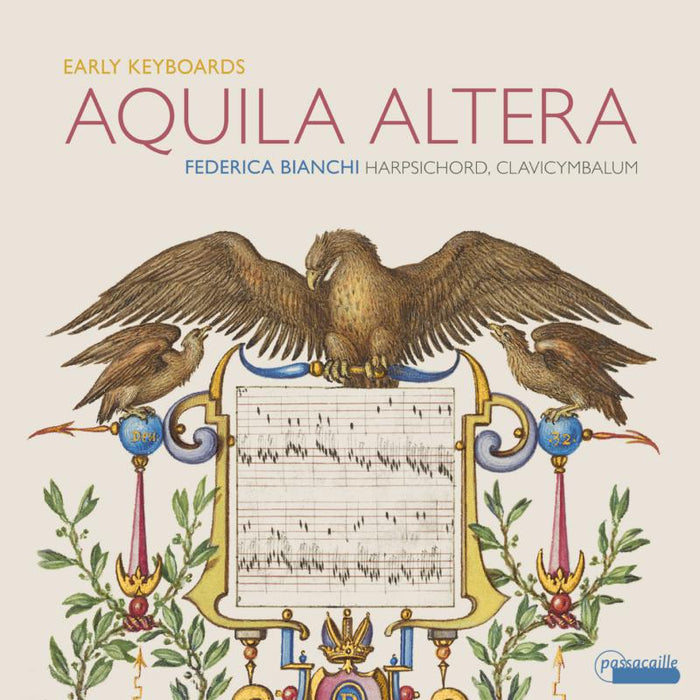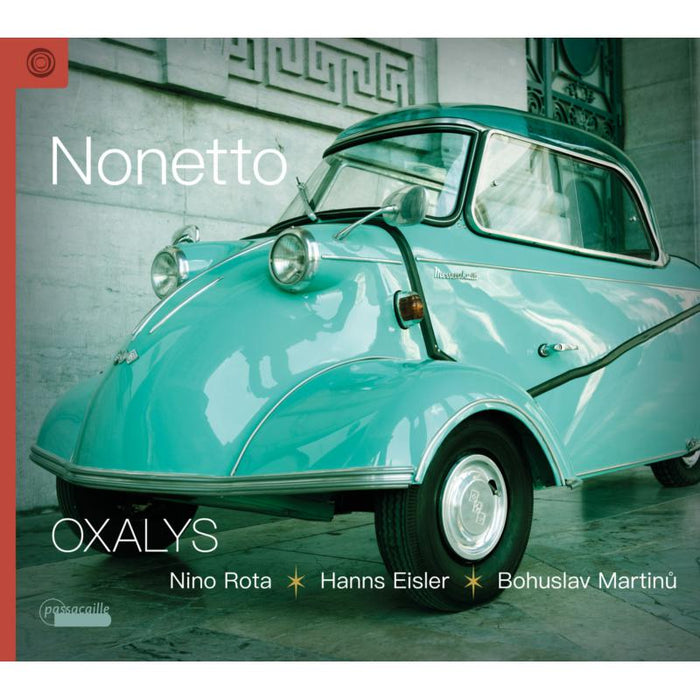Description
The famous alto solo cantatas by JS Bach not only display an extraordinary musical variety, but also place the highest demands on the virtuosity of the singing voice.
Nowadays, these cantatas are mostly performed by countertenors but the exceptional alto Seda Amir-Karayan is bucking that trend on this very special recording. She performs the cantatas and intersperses them with magnificent figural music; ancient, simple a cappella church chants from her Armenian homeland, providing not just a captivating contrast, but at the same time illustrating an astonishing closeness to the cantatas of the Thomaskantor in their spiritual content. The result is hauntingly beautiful.
Armenian church music consisted of monophonic unaccompanied song for fifteen hundred years and is one of the oldest branches of Eastern Christian culture. A new stage in the development of Armenian sacred music began only when Christianity was recognised as the Armenian state religion in 301 and St Mesrop Mashtots (c. 361-440) developed the Armenian alphabet in 405/6 and then translated the Bible into Armenian with St Sahak Parthev (c. 348-439) and his disciples.
All that survives of Mashtots's church music are the sharakans, the most important genre of the Armenian liturgy developed by Mashtots and Parthev, for Great Lent, illustrated on this new recording from Seda Amir-Karayan and accompanied by the young baroque orchestra Camerata Vivaldiana under the direction of Fritz Kramer.


